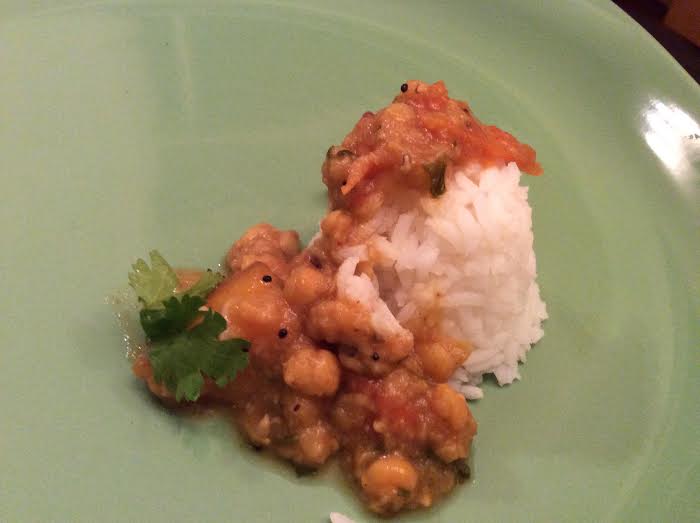



A vague sense of dread is threatening to overcome another, equally vague sense of excitement and anticipation. Having a baby? Naaah… that was all anticipation and excitement! New job? Noooo… ! Exams? Too mundane!
End of the summer holidays approaching and the days of freedom are over – no matter how exciting new books and uniforms and shoes are, the shopping for all of them is tinged with a frisson of “oh dear” feelings…
….coming from a home where both parents worked, the freedom with which we ran amok during the summers is something I look back on with wonder – did we really have those long, lazy days of reading without a break till the parents were due to come home and then suddenly waking up to the fact that we hadn’t eaten lunch yet – at five in the evening, scrambling to eat? The late lunch did nothing to put us off our our dinner, as I remember and just a couple of hours later, we’d be happily polishing off our cook Panda’s unmatched omelettes, parathas, sambar, rice and curry, topped off with curd rice! Some part of the summer would be spent at the homes of various uncles and aunts – particularly my aunt in Madras. The more regulated lifestyles there, with proper mealtimes and all, were more than offset by the joys of having a whole bunch of cousins to play with!
Madras also came with its attendant problem of the summer heat (oh yes, Hyderabad was hot but the Madras humidity was something quite out of the ordinary) – one never knew during a bath whether the stuff running down your body was the bathwater or yucky sweat! We kids from Hyderabad, born in and used to a completely dry climate, had basically not developed sweat pores – and Madras was agony! I remember one particularly hot holiday in the city, when on coming back to Hyderabad, I swore to my mother that I would never, never ever go back there again – famous last words – I’ve ended up spending thirty years in the city, ranting and raving against every one of those summers!
Back to the end of summer holidays – the dread was occasioned in part by the fact that back to school meant there couldn’t be too many experiments in the kitchen any more! Unsupervised by parents, my brothers and I would have made hay (sometimes literally) – with our enthusiasm to make something, anything – matched only by our lack of expertise and knowledge of basic cooking processes! More often than not, it was the dictionary which came to our rescue when we needed to know what frying was as against deep frying. Boiling was, of course, easy peasy! Roasting we could sort of hazard a guess at but even the dictionary could not help with figuring out what broiling was! For a long time I thought a broiler chicken was one that had already had unspeakable things done to it!
Speaking of dictionaries, we had many of those ranging from Collins’ to the Readers’ Digest Encyclopaedic Dictionary, of which I was in awe – I still can’t think of it except in capitals! – but only one cookbook, a Konkani one, for some strange reason! We would browse through its dog-eared, yellowing pages, pockmarked with some of our efforts and pick out something to make – usually an ambitious project doomed to failure! But, and this is a big but, we never threw anything away, no matter how bad it was – we had made it and so we ate it!
Learning how to cook was a stop and start affair, going full steam ahead in the summer and the mills grinding exceedingly slow during the school year… now of course, its through the year… suits me fine and suits my family even better!
Like today’s dish… the Maharashtrian…
KOTHIMBIR VADI
- Besan/gram flour – 1 cup
- Rice flour – 2 tbsp
- Fresh coriander/kothimir – 1 cup, chopped finely
- Roasted peanuts – crushed – 1/2 cup
- Roasted sesame seeds – 1 tbsp for batter+ 1 tbsp to temper
- Turmeric – 1/8 tsp
- Asafoetida – 1 pinch
- Red chili powder – 1/2 tsp
- Coriander/dhania powder – 3/4 tsp
- Cumin/jeera powder – 3/4 tsp
- Ginger – minced – 1/2 “
- Green chilies – 2 – minced
- Curry leaves – 2 sprigs – minced (I usually pulse the ginger, green chilies and curry leaves together in the mixer to mince)
- Juice of 1.5 limes
- Salt
- Capsicum – chopped – 1/2 cup – optional
- Mustard seeds – 1/2 tsp – to temper
- Oil – 1 tbsp for batter + 1 tbsp to temper
Mix all the ingredients except the tempering ingredients – 1 tbsp sesame, mustard seeds and 1 tbsp oil with enough water to make a stiff-ish dough.
Grease a platter – a steel thaali with sides is best or a flat bottomed vessel with walls.
In a cooker or a large pan, bring 3 cups water to a boil.
Place the thaali in the steamer and cover.
Steam for 15-20 muinutes till a knife inserted in the centre comes out clean. Cool and cut into diamonds or any shape you want.
Heat a tava add 1 tbsp oil and temper with mustard and sesame seeds. Lower the heat and place the pieces all over. Roast till golden brown on each side, turning over once.
Eat! Superb for an afternoon snack or as a side with curd rice… what else!
You can serve with any chutney or pickle.
Even the Madras summer might begin to seem bearable – though that’s a rather tall order!






